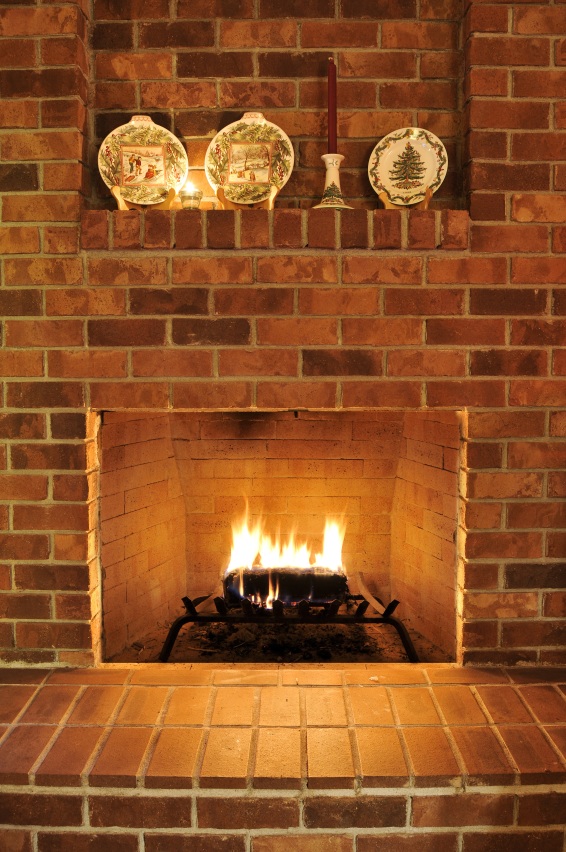Have you ever considered box shelves?
As time progresses, and our families grow, one thing is always guaranteed to come up: clutter. While
many of us do a great job at keeping the clutter to a minimum, throwing out unused trinkets, and making smart purchases, most of us could still use some extra help finding places for those items that we like to keep around. There are many ways to do this, and today we are going to look at a favorited one: box shelves. You may have seen these stacked across Pinterest, or on a friend’s wall and admired the creative look they bring. The good news is, they’re simple, easy to install, and affordable! In addition, they are completely customizable. You can make them fit any decor. Let’s look at what you’ll need to get started.
Materials
The first material you need is the most fun to acquire. Wooden boxes. You may choose to buy decorative boxes from your local department store. Or, you may want to go the more customized route and create your own from plywood, or old crates. If you buy boxes, you’re halfway done! If you want to make your own, you will also need 120-grit sandpaper, as well as primer and paint or stain and polyurethane.
The first material you need is the most fun to acquire. Wooden boxes. You may choose to buy decorative boxes from your local department store. Or, you may want to go the more customized route and create your own from plywood, or old crates. If you buy boxes, you’re halfway done! If you want to make your own, you will also need 120-grit sandpaper, as well as primer and paint or stain and polyurethane.
Tools
If you’re creating your own shelves from crates, you will need a circular saw, tape measure, and straightedge. For both, you will also need clamps, a nail gun, a cordless drill and drill bits, and a level.
If you’re creating your own shelves from crates, you will need a circular saw, tape measure, and straightedge. For both, you will also need clamps, a nail gun, a cordless drill and drill bits, and a level.
Assembly
If you’re building the boxes yourself or using old crates, first you need to get them put together. It’s important to make sure that they are level and even. You want the boxes to be right around 11” deep. Once constructed, if the wood is rough or uneven at all, use 120-grit sandpaper to sand it smooth, and wipe away the dust with a clean, dry cloth. Then you will either paint or stain your boxes, depending on your creative preference. If painting, start with a latex primer. Let it dry and do a light sand over it with your leftover sandpaper, then apply paint. If you are staining, first apply your stain, and top it with a water-based polyurethane.
Once your boxes are assembled, you have a couple options. You can either screw them all together first, or attach them directly to the wall. We generally recommend attaching them together first, to make sure that no boxes are attached alone, without a stud. To fasten the boxes to one another, first use clamps to angle them correctly, and wood screws to fasten them. You may want to paint over the screws to hide them afterwards. When hanging, use a level to make sure you are hanging evenly. Also remember to look for studs. If possible, screw the corners directly into the studs so for the best durability.
If you’re building the boxes yourself or using old crates, first you need to get them put together. It’s important to make sure that they are level and even. You want the boxes to be right around 11” deep. Once constructed, if the wood is rough or uneven at all, use 120-grit sandpaper to sand it smooth, and wipe away the dust with a clean, dry cloth. Then you will either paint or stain your boxes, depending on your creative preference. If painting, start with a latex primer. Let it dry and do a light sand over it with your leftover sandpaper, then apply paint. If you are staining, first apply your stain, and top it with a water-based polyurethane.
Once your boxes are assembled, you have a couple options. You can either screw them all together first, or attach them directly to the wall. We generally recommend attaching them together first, to make sure that no boxes are attached alone, without a stud. To fasten the boxes to one another, first use clamps to angle them correctly, and wood screws to fasten them. You may want to paint over the screws to hide them afterwards. When hanging, use a level to make sure you are hanging evenly. Also remember to look for studs. If possible, screw the corners directly into the studs so for the best durability.
These boxes are not designed to hold excessive amounts of weight, so once finished, start with smaller amounts of weight to test its strength. Overtime you may decide to add slowly. Overall, these boxes look great, and can be a decorative way to store those trinkets you just don’t have the heart to toss. Have pictures of them in your home? Share them with us!




